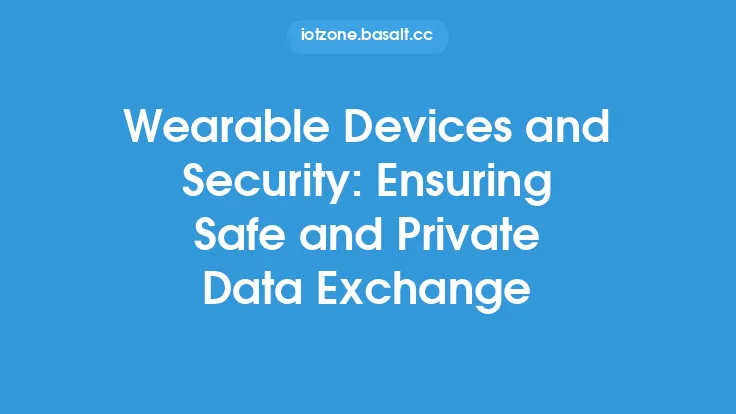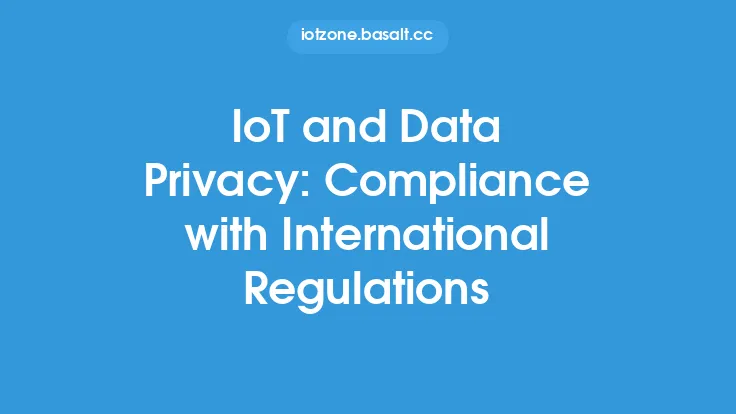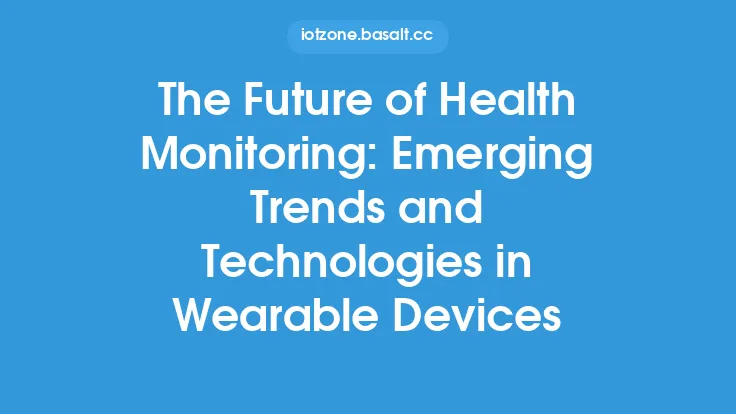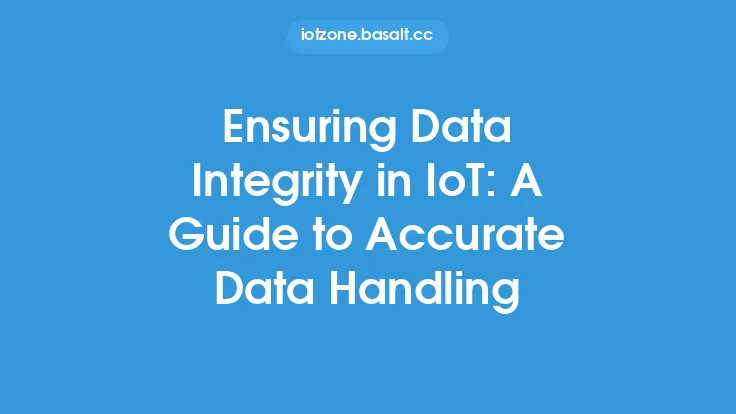The increasing popularity of wearable sensors has led to a significant amount of personal data being generated, transmitted, and stored. This raises concerns about data privacy and security, as sensitive information such as health metrics, location data, and personal identifiers are being collected and potentially shared with third parties. Ensuring the secure transmission and storage of this data is crucial to maintaining user trust and preventing potential misuse.
Data Privacy Concerns in Wearable Sensors
Wearable sensors collect a wide range of data, including physiological signals, movement patterns, and environmental factors. This data can be used to infer sensitive information about the user, such as their health status, daily routines, and personal habits. If this data falls into the wrong hands, it could be used for malicious purposes, such as identity theft, targeted advertising, or even insurance discrimination. Furthermore, the use of wearable sensors in healthcare and wellness applications raises concerns about the potential for data breaches, which could compromise patient confidentiality and put individuals at risk of reputational damage.
Secure Data Transmission Protocols
To mitigate these risks, wearable sensor manufacturers and developers must implement secure data transmission protocols. One common approach is to use end-to-end encryption, which ensures that data is encrypted on the device and can only be decrypted by the intended recipient. This can be achieved using protocols such as SSL/TLS or IPSec, which provide a secure tunnel for data transmission. Additionally, wearable sensors can use secure communication protocols such as Bluetooth Low Energy (BLE) or Wi-Fi, which provide an additional layer of security and authentication.
Data Storage and Protection
Once data is transmitted from the wearable sensor, it must be stored securely to prevent unauthorized access. This can be achieved using a combination of technical, administrative, and physical controls. For example, data can be stored on secure servers that are protected by firewalls, intrusion detection systems, and access controls. Data can also be encrypted at rest, using techniques such as symmetric key encryption or public key encryption. Furthermore, wearable sensor manufacturers and developers must implement data retention and disposal policies, which ensure that data is only stored for as long as necessary and is properly deleted when no longer required.
Authentication and Authorization
Authentication and authorization are critical components of data privacy and security in wearable sensors. Users must be able to authenticate themselves to access their data, and authorization controls must be in place to ensure that only authorized parties can access or share data. This can be achieved using techniques such as password protection, biometric authentication, or token-based authentication. Additionally, wearable sensor manufacturers and developers must implement role-based access controls, which ensure that different users have different levels of access to data and functionality.
Regulatory Compliance
Wearable sensor manufacturers and developers must also comply with relevant regulations and standards, such as the General Data Protection Regulation (GDPR) in the European Union or the Health Insurance Portability and Accountability Act (HIPAA) in the United States. These regulations provide a framework for ensuring data privacy and security, and non-compliance can result in significant fines and reputational damage. Furthermore, wearable sensor manufacturers and developers must be transparent about their data collection and use practices, providing clear and concise information to users about how their data is being used and shared.
Best Practices for Wearable Sensor Data Privacy
To ensure the secure transmission and storage of wearable sensor data, manufacturers and developers must follow best practices for data privacy and security. This includes implementing secure data transmission protocols, storing data securely, authenticating and authorizing users, and complying with relevant regulations and standards. Additionally, wearable sensor manufacturers and developers must be transparent about their data collection and use practices, providing clear and concise information to users about how their data is being used and shared. By following these best practices, wearable sensor manufacturers and developers can help to maintain user trust and prevent potential misuse of sensitive data.
Future Directions for Wearable Sensor Data Privacy
As the use of wearable sensors continues to grow and evolve, new challenges and opportunities for data privacy and security will emerge. For example, the increasing use of artificial intelligence and machine learning in wearable sensors will require new approaches to data privacy and security, such as explainability and transparency. Additionally, the development of new wearable sensor technologies, such as implantable or ingestible sensors, will require new considerations for data privacy and security, such as the potential for data breaches or unauthorized access. By staying ahead of these emerging trends and challenges, wearable sensor manufacturers and developers can help to ensure the secure transmission and storage of sensitive data, and maintain user trust in the wearables industry.





